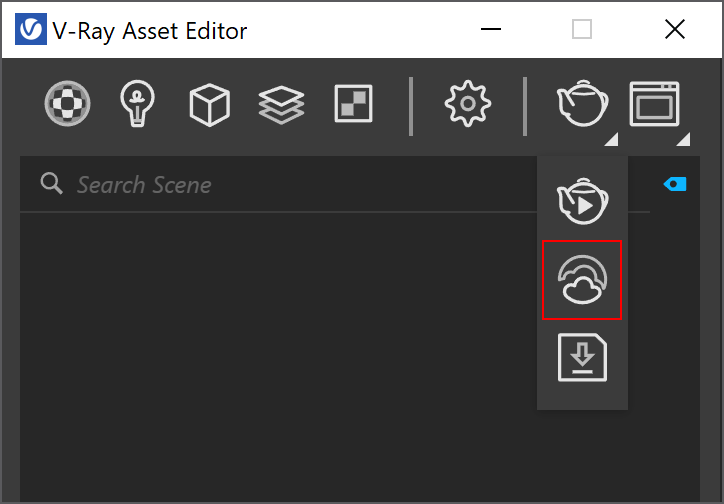Overview
Submitting render jobs to Chaos Cloud can be done easily and directly from V-Ray for SketchUp's interface. This page walks you through the steps of doing so.
Chaos Cloud requires the installation of the Chaos Cloud Client application. For more information, please visit the Installation of Chaos Cloud Client page. |
If you add a new version of a job you have already submitted, its upload is much quicker than the initial upload. Chaos Cloud compares every new job to the existing ones, and if there is a match the client app uploads only the changes. This is useful when you make a new iteration of an existing scene and is why it's recommended to keep your jobs in Chaos Cloud while you are still working on them. |
Submitting Render Jobs
V-Ray for SketchUp provides in-built integration with Chaos Cloud, allowing you to submit render jobs to the cloud directly from SketchUp, using the dedicated Render in Chaos Cloud button. The button is located on the V-Ray Asset Editor.
|
Clicking on the Render in Chaos Cloud button sends over your currently opened scene to Chaos Cloud for analysis.
If there are free resources in the cloud, Chaos Cloud starts rendering your job immediately. If there are no free resources, your job joins a queue and starts rendering automatically when resources become available. |
Alternatively, render jobs can also be submitted through the Standalone Chaos Cloud application and any command-line interface. For more information, please visit the Submitting render jobs to Chaos Cloud page. |
Footnotes
|

